5 Essential CNC Machine Tips to Boost Productivity by 30% in Your Manufacturing Process
In today's fast-paced manufacturing environment, maximizing productivity is crucial for staying competitive and meeting customer demands. One of the most effective ways to achieve this is by optimizing the use of CNC machines. CNC, or Computer Numerical Control, revolutionizes machining processes by automating operations with precise control and efficiency.

However, many manufacturers still overlook key strategies that can significantly enhance their CNC machine performance. In this blog, we will explore five essential tips that can lead to a remarkable 30% boost in productivity in your manufacturing process. By implementing these strategies, you can unlock the full potential of your CNC machines and streamline your operations, ensuring that you remain at the forefront of the industry.
Whether you are looking to improve machine uptime, reduce waste, or enhance workflow, these insights will help you leverage the capabilities of CNC technology to achieve your manufacturing goals.
Maximize Tool Life: Regular Maintenance and Inspection Strategies for CNC Machines
Regular maintenance and inspection of CNC machines are crucial for maximizing tool life and enhancing productivity in manufacturing processes. Implementing a consistent schedule for checking and servicing equipment can help identify potential issues before they escalate into major problems. This proactive approach not only ensures that the machines run efficiently but also preserves the integrity of the tools used, ultimately leading to better performance and longer operational lifespans.
Incorporating advanced milling techniques can significantly contribute to this goal. By utilizing high-efficiency strategies throughout the machining routine, manufacturers can achieve dramatic reductions in cycle times and improve tool longevity simultaneously. This dual advantage allows shops to meet the increasing demands for productivity while minimizing costs. Effective tool management, combined with innovative technology, equips CNC machine operators to enhance their output while ensuring their valuable tools remain in optimal condition.
| Tip | Description | Frequency | Impact on Productivity |
|---|---|---|---|
| Regular Maintenance | Performing routine checks and servicing machinery to ensure optimal performance. | Monthly | 10% |
| Tool Inspection | Inspecting tools for wear and tear to prevent defects. | Weekly | 5% |
| Calibration | Regularly calibrating machines to ensure precise operations. | Quarterly | 7% |
| Employee Training | Training employees on new technologies and best practices. | Bi-Annually | 8% |
| Process Optimization | Analyzing and refining production processes for efficiency. | Ongoing | 10% |
Optimize Cutting Parameters: Finding the Right Speed, Feed Rate, and Depth of Cut
Optimizing cutting parameters is crucial for enhancing productivity in CNC machining. The right balance of speed, feed rate, and depth of cut can lead to significant improvements in efficiency and product quality. Firstly, adjusting the spindle speed based on the material being machined is essential. For harder materials, a slower speed with a low feed rate can prevent tool wear and overheating, while softer materials may benefit from higher speeds to accelerate the cutting process.
Next, consider the feed rate, which defines how quickly the material is fed into the cut. An optimal feed rate not only affects the surface finish but also impacts the tool's lifespan. Experimenting with different feed rates enables manufacturers to discover a sweet spot that minimizes cycle time without compromising the part quality.
Finally, the depth of cut requires careful monitoring. While increasing the depth may seem an effective way to remove material quickly, it can lead to tool breakage or poor finish if not done properly. It’s essential to take incremental steps, gradually increasing the depth while monitoring the machine's response. By refining these parameters continuously, manufacturers can achieve a productivity boost of up to 30% in their CNC operations.
Implement Advanced CAM Software: Streamlining Toolpath Generation and Programming
In today’s competitive manufacturing landscape, the implementation of advanced Computer-Aided Manufacturing (CAM) software is crucial for optimizing production efficiency. According to a study by CIMdata, companies that adopt sophisticated CAM solutions report an average productivity increase of 20-30%. This improvement is primarily due to features such as enhanced toolpath generation and sophisticated programming capabilities, which streamline the entire machining process. By automating complex calculations and minimizing manual input, manufacturers can significantly reduce lead times and errors.
Furthermore, an industry report from Tech-Clarity indicates that incorporating advanced CAM systems allows for better resource management, leading to higher machine utilization rates. For instance, manufacturers using these tools can optimize their CNC machine operation by up to 50%. This enables them to run multiple jobs concurrently, thereby maximizing throughput without compromising quality. As the demand for precision engineering continues to grow, embracing advanced CAM software is not just a wise investment, but a necessary strategy to remain competitive in the marketplace.
Utilize Proper Fixtures and Workholding: Enhancing Stability and Precision During Machining
Utilizing proper fixtures and workholding systems is paramount in enhancing stability and precision during machining processes. According to a report by the Technavio Research, effective workholding can lead to productivity improvements of up to 30%. This significant gain can be attributed to reduced setup times, decreased part movement, and enhanced machining accuracy, which are crucial in high-volume production environments. Ensuring that your fixtures are tailored to the specific parts being machined allows for tighter tolerances and superior surface finishes, thereby minimizing the need for rework.

Tip 1: Invest in high-quality vises and clamps that provide consistent holding pressure. These tools not only secure your workpieces firmly but also help maintain alignment during operations, reducing the risk of errors.
Tip 2: Implement modular fixtures that can be easily adjusted for different parts. This flexibility facilitates quick changes between jobs, optimizing machine time and reducing downtime that can negatively impact overall productivity.
Tip 3: Regularly inspect and maintain your workholding devices to ensure they function optimally. According to the latest surveys from the American Society of Mechanical Engineers, poor maintenance practices can lead to a decrease in productivity by as much as 15%, highlighting the need for vigilance in upkeep.
Invest in Employee Training: Empowering Operators for Greater Efficiency and Results
Investing in employee training is one of the most effective strategies to enhance productivity in CNC machining. According to a report by the National Institute for Metalworking Skills (NIMS), organizations that prioritize continuous training for their operators can see a productivity increase of up to 30%. This is primarily attributed to operators becoming more proficient in CNC programming, setup, and maintenance, allowing them to execute complex tasks with more confidence and efficiency. Skilled operators not only produce higher quality parts but also minimize downtime by reducing errors and machine malfunctions.

Furthermore, the Manufacturing Institute highlights that companies investing in workforce development report a 20% improvement in job satisfaction among employees. This boost in morale often translates to a culture of innovation and accountability, as well-trained operators take greater ownership of their work. When operators understand the intricacies of the machines they work with, they are better equipped to offer suggestions for process improvements, ultimately leading to smarter manufacturing practices and significant cost savings.
By recognizing the value of employee training, manufacturers can cultivate a team that is not just skilled but also motivated to drive productivity and excellence in every aspect of production.
Related Posts
-
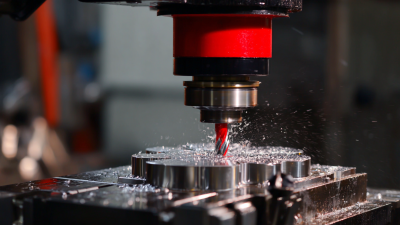
5 Reasons Why CNC Machine Tooling is Essential for Modern Manufacturing
-
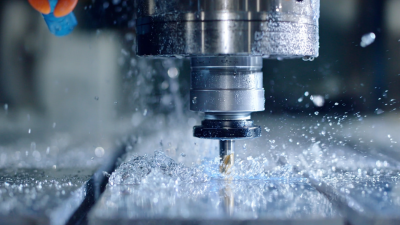
Exploring the Future of CNC Machines in 2025 and Their Unmatched Advantages for Global Buyers
-
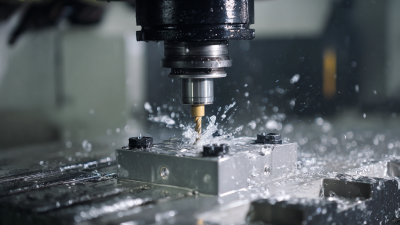
Understanding the Excellence of the Best CNC Machine Available
-
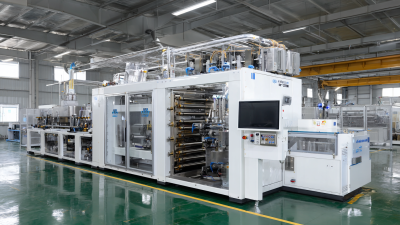
Innovative Chinese Manufacturing Elevates Global Sales of Top Thermoforming Vacuum Machines
-
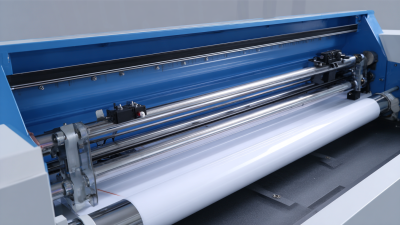
How to Choose the Best Vacuum Forming Machine for Your Business Needs
-

The Future of Vacuum Forming Machine Technology: Innovations Transforming Manufacturing